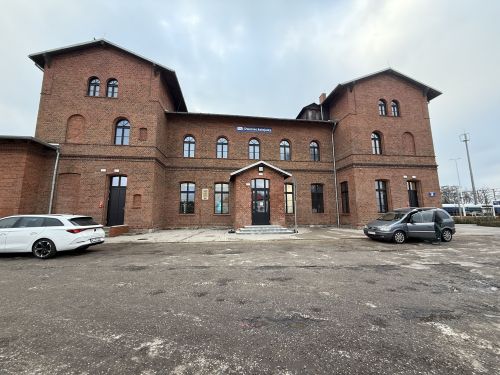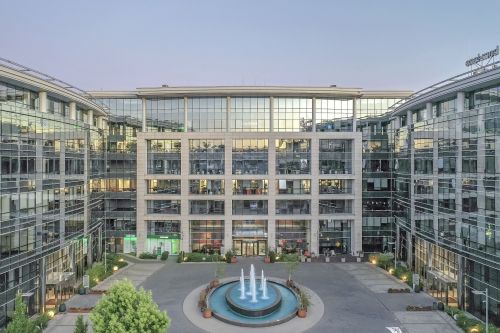Last year Russia and Poland accounted for 74 pct of the investment deals in the CEE region. As the economy continues to recover, is Russia's share of the market going to increase further this year? If so, this will mainly be due to investors who are nowhere to be seen in most of the countries of the region
Mladen Petrov
The numbers might not be that impressive given the size of the market, but they are still a positive sign. At the beginning of the year, Barwa, the largest listed real estate company in Qatar in terms of real estate developments with a total asset capitalisation of over EUR 7 bln, and Gazprombank, Russia's largest non-state owned bank and part of the Gazprom group, the world's largest gas exporter, announced the first closing of the sharia-compliant Barwa Gazprombank Russia Real Estate Fund. This is the first such partnership between the two companies run according to Islamic principles, and into which each are to contribute USD 75 mln in equity. An additional USD 2 m






























































